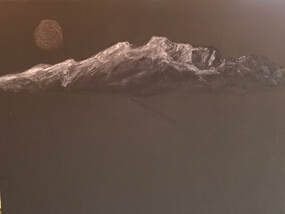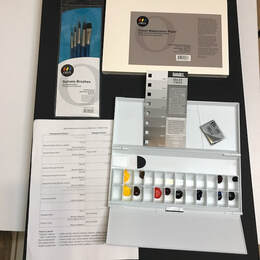References for further study, if you are interested:
Some tips (sent by email to the workshop participants): - The textbook, Watercolour in 10 Steps by Patricia Seligman, is just for learning basic painting skills, not creating beautiful little artworks, so don't try for excellence, just improvement. - Use real fruit whenever possible, rather than painting from the book's photos and sketches - recognizing the actual shapes and colours makes for better future paintings. - Give an exercise a try or two, and think whether you see what Patricia was trying to teach you. Then move on to the next exercise. After the third one, go back and try the earlier ones again and see if your skills are improving. Repeat :) - There is no magic, it's just practice. No 'practice makes perfect' either - 'perfect' is not part of learning to paint. - Relax - if the painting does not work out, it's just a piece of paper.
0 Comments
Your comment will be posted after it is approved.
Leave a Reply. |
Valley Visual ArtistsMerritt once had a local art group called "Valley Visual Artists." They painted together regularly, organized annual art shows and hosted art workshops. It faded away, but never really disappeared. Maybe the VVA will rise again... Archives
February 2024
Categories |


 RSS Feed
RSS Feed